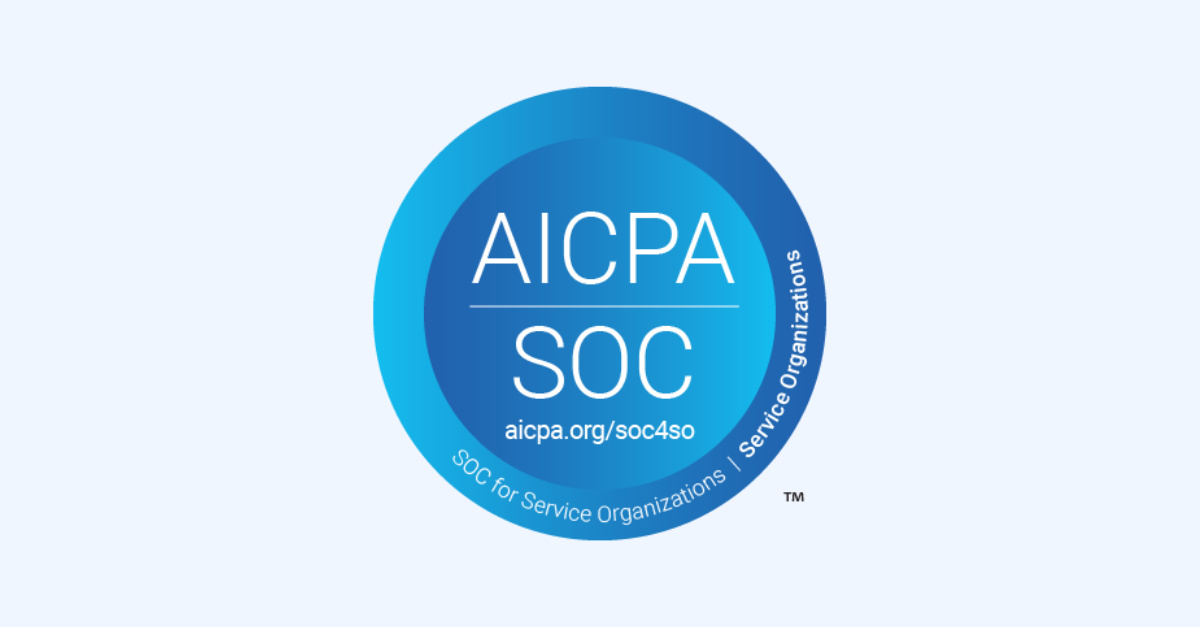eCommerce Cost Guide
Discover the true costs of ecommerce platforms in our free guide.
Success Stories
See how industry leaders succeed with Virto.
Virto & Gladcloud
Boost ecommerce with advanced marketing.









Discover the true costs of ecommerce platforms in our free guide.
See how industry leaders succeed with Virto.
Boost ecommerce with advanced marketing.
The logical, simple-to-use, and easily understandable Virto Atomic Architecture™ provides a set of first-class benefits aimed at increasing the performance, usability, and business value of online stores, B2B marketplaces, and vendor portals. The key to success is in reusing and recomposing software as well as in cooperative work of the IT teams of three parties – Virto as the vendor, the implementation partner, and the customer.
With the traceable instances of the components at any level, Virto Atomic Architecture™ brings many benefits that allow companies to significantly reduce the cost of platform ownership throughout its lifecycle.
Brad Frost, the creator of the atomic design system, has used the idea of Russian nesting dolls of increasing size that are placed inside one another. Components in Virto Atomic Architecture™ work in a similar way: the smallest software components (atoms) are included within larger (molecules), which in turn are included inside even larger cells. At the fourth and last level of enlargement, organisms are composed from a set of cells.
Having a limited set of components, it is possible – as a result of different combinations of them – to design a solution that corresponds with the uniqueness of our client’s ecommerce business.
Developers need a clear view of what parts of the solution can be reused, how they can be mixed and matched with other atoms, molecules, cells, and even organisms, and which will boost their productivity like a jet engine.
The good news for developers is the openness of Virto Atomic Architecture™. This means that, for example, an implementation partner’s team can create their own custom-designed components, at the level of a molecule/cell/organism, to implement the specifics of the client's business.
This new component can be professionally managed by Virto and become available to other clients who use the best B2B ecommerce platform - Virto. At the same time, the compatibility of the partner-built component will be guaranteed with future updates coming from Virto as the vendor.
When building molecules, cells, and organisms, it is possible not only to add new custom-built components from partners, but also remove unnecessary ones, e.g., exclude price engine from the catalog, replace basic list price module with dynamic price engine, or replace catalog with AI personalized offer builder, and so on.
Virto Commerce’s primary area of responsibility is limited to atoms and basic molecules, where the Virto team is mostly focusing on the development process. Using the Open Ecosystem approach, the Virto team takes responsibility for, but does not prevent partners from making their own atoms, which is of great benefit to the final commercial solution.
According to Virto’s view, if you isolate these components correctly, you can use the Virto platform in any software development project, not only in ecommerce. In fact, when you start any independent software development project, you will need to create some elements from scratch, rebuild some, and modify others to some extent. However, in Virto's architecture, these basic components are already there – just take and use them.
It's like the process in building construction, when a developer uses the same bricks, concrete, various panels, and other basic materials, and on top makes their own unique design for the facade and implements other features of the building.
In the software architecture, this is an existing skeleton; however, Virto then uses net ecommerce open source and other libraries for further functionality, etc. The molecules that the Virto team focuses on are ecommerce-specific ones. Here we are already relying on partners and client’s developers who are starting to design their extension for molecules, cells, and so on.
At the molecules level, changes are usually made less often, with the exception of some specifics. For example, one of Virto’s clients has changed the default catalog storage to Azure Cosmos DB. Such changes may also be in other default molecules that Virto provides to partners and clients.
Cells are ready-made packages; we provide them to clients as having turnkey functionality. Virto guarantees the stability of large components at the cell level, such as a digital catalog. If nothing has changed in the code of such a component in the platform installed on the client side, then Virto guarantees stable updates for such components.
This is a good point to move ahead to the more advanced architecture of the cells level. Virto is planning to make the cells’ structure more granular so customers and partners can easily adapt them to their needs.
The last top level of organisms is the level of final solutions and a “crown” of Virto Atomic Architecture™. Here it is possible to build various industry portals, for example, a vendor portal, an operator portal, or a marketplace. So, reusing various components of lower levels, it is possible to quickly build quite different solutions in ecommerce and other related kinds of businesses.
An organism can be composed of not only cells, but also consist of third-party components such as elastic search, serverless functions, etc. The specific structure of organisms is determined by the deployment infrastructure, while the structure and functionality of atoms, molecules, and cells are determined by the developers.
Summing up, Virto Atomic Architecture™ is a multi-team workspace in which different developer groups can make changes as well as reuse and recompose different components while working together on the same project.


